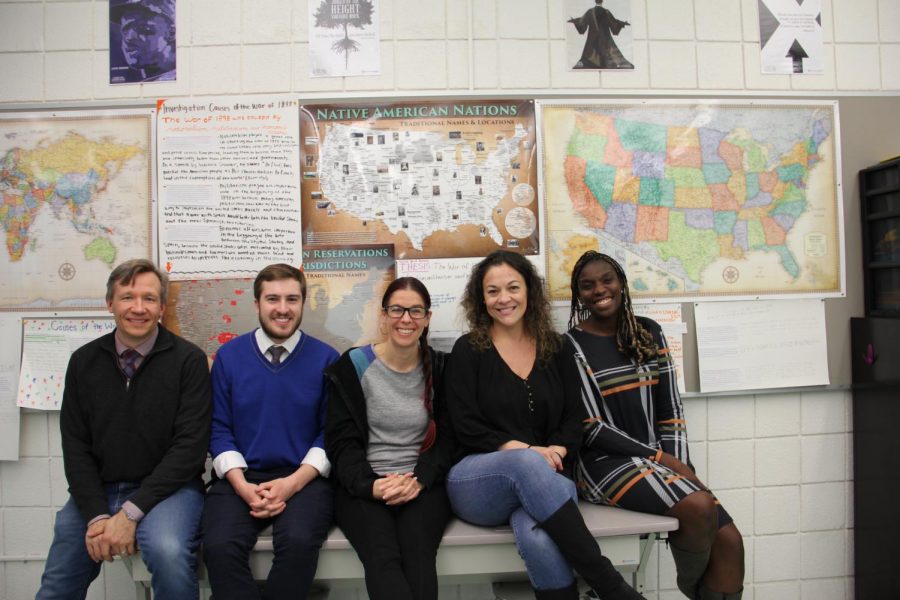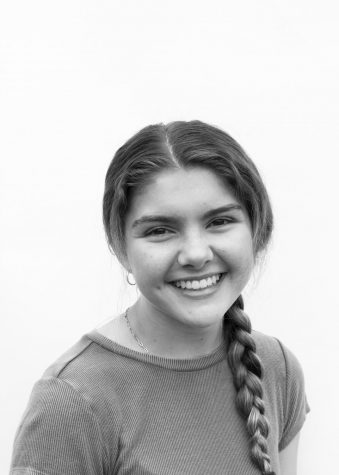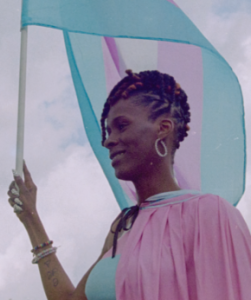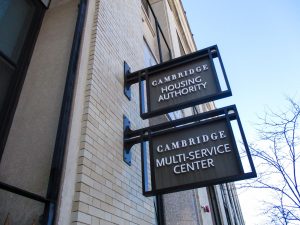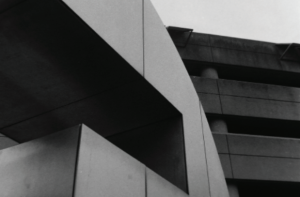Reconfigured 10th-Grade History Curriculum Becomes a Reality
Pictured: A group of 2019-2020 Critical Issues teachers.
December 1, 2019
This year, the CRLS History Department implemented a change in the curriculum for 10th-grade students. Previously, sophomore students were required to take US History 1 and then take another US History course, whether it be US History 2 or AP US History, before moving on to other history electives. Now the department has combined US 1 and 2 into one course for the 10th-grade requirement: Critical Issues in US History (CIUSH). US 1 and 2 are no longer offered at Rindge (except for juniors who are taking US 2 this school year). And unlike the previous curriculum, two US History courses are no longer required for graduation; students can now take other history electives directly after Critical Issues.
Critical Issues in US History covers content from the colonial period to the present day. Mr. Duncan MacLaury, a teacher at CRLS who previously taught US History 2 and now teaches three periods of Critical Issues, has noticed that in comparison to the US History 2 course he taught last year, “In some ways, we do have to have more of a broad approach… however, it doesn’t feel like I’m shortchanging anything drastically.”
Mr. Justin Bernard, another Critical Issues teacher who previously taught US History 1, explained to the Register Forum, “I don’t want to say that all history isn’t important, but I think there’s certain parts of history where requiring students to have that content knowledge is just a little too tedious, and we could take deeper dives in certain areas of history. [The course] need[s] to give teachers a lot of leniency to move freely through historical periods, at the discretion of the teacher and the class.”
Students who are taking Critical Issues in their first semester are the so-called ‘guinea-pigs.’ Sachi Kirby, a sophomore at CRLS, told the Register Forum, “I feel that we aren’t diving deep enough into each topic and it’s too brief. History 1 and 2 in the same semester does not give students enough time to learn. I would have liked to have two classes due to the lack of depth that will eventually just backfire on students that plan to go further in their historical studies.”
Jinho Lee, another sophomore at CRLS, expressed his thoughts on the “critical issues” element of CIUSH: “I think we’re in a better place to show the negative parts because for the longest time, [history classes] only focused on the positive [of] American highlights.” Chloe Duncan-Wald, also a sophomore, said that “within talking about the issues, we are also analyzing how the US has become successful now. [The class] does explain how the U.S has strived in its economy.”
As can be seen, there is a diversity of opinion on the new class, and it remains to be seen what will or will not change next semester and next year. One of the things that Mr. MacLaury emphasized to the Register Forum is that the curriculum differs some depending on the teacher, and since the course is new to CRLS, it is bound to change over the next few years. But Mr. MacLaury concluded by saying, “I feel very comfortable knowing that if [the curriculum] needs to change, I can change it.”

